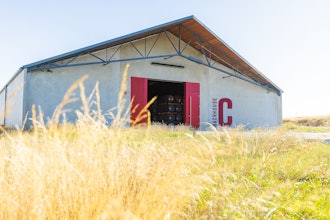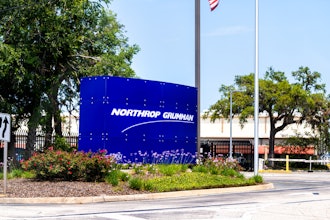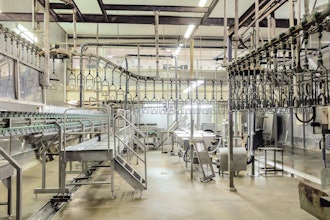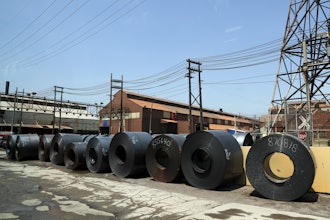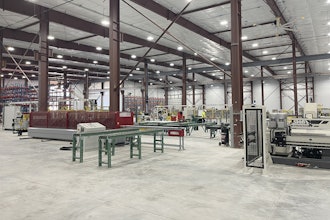Ethernet this year is celebrating its 40th anniversary, and anniversaries are typically the time to celebrate the past. But with so much innovation and development percolating across the global Ethernet ecosystem, there is little time for the technology’s vast array of stakeholders to look back on its successes. Ethernet’s ongoing expansion is the almost singular focus.
Many new projects are underway across the Ethernet ecosystem, including development of a host of new access projects, new 100 Gigabit per second (Gb/s) solutions and new automotive and industrial applications. Ethernet is taking the next step in advancing its maximum signaling rate with the launch of the IEEE 802.3™ 400 Gb/s Ethernet Study Group—a recognition of overwhelming industry opinion that work must accelerate to enable the global Ethernet ecosystem to keep ahead of the continuing bandwidth tsunami.
Everywhere, bandwidth capacity requirements are exploding. With more users accessing the Internet at higher speeds and more applications dealing in higher-bandwidth content, fundamental bottlenecks are cropping up throughout the network. While the trends toward increased usage of mobile technologies and demand for more video and data are clear, the bandwidth requirements presented by ongoing innovation in emerging applications cannot be predicted. As standards pave the way for wide-scale uptake of cost-effective technologies, new demands are spurred and the wheel of innovation and standards development spins anew.
In fact, through IEEE, industry has already undertaken substantial work to gauge market demand. To get a head start on potential future standards-development activities, the IEEE 802.3 Industry Connections Ethernet Bandwidth Assessment Ad Hoc Committee in early 2011 started collecting input on bandwidth needs from across application spaces and geographic markets.
The resulting 2012 IEEE 802.3 Ethernet Bandwidth Assessment (https://www.ieee802.org/3/ad_hoc/bwa/) documented tremendous growth in requirements: Global networks would need to support an average 58-percent compound annual growth rate (CAGR)—1 terabit per second bandwidth capacities by 2015 and 10 terabits per second bandwidth capacities by 2020.
The transport of Ethernet traffic is an issue for all of those defining the Ethernet ecosystem. The focus of the IEEE 802.3 400 Gb/s Ethernet Study Group is the Ethernet-interconnect space (connections to the core within the data-center building, inter-building links across a campus and links from the edge to the metro, for example). Another standards body, the International Telecommunication Union-Telecommunication (ITU-T), concentrates on the core optical transport network. While both groups face the common problem of increasing the bandwidth capacity of their respective portions of the ecosystem, the solutions that are developed, however, will not be interchangeable, as the economics of the two spaces are different.
So, what has changed since the most recent speed jump to 100 Gb/s Ethernet? A host of new technologies and applications has proliferated in the marketplace—smartphones, tablet computers, Wi-Fi®, 3G/4G/LTE mobile deployments, 10 Gb/s servers, Internet-enabled TV, the cloud and its associated applications, social media, video calling, online gaming, new database technologies, etc. The impact has been felt throughout the Ethernet ecosystem. Data centers, for example, where Ethernet is the primary interconnect technology, are at the center of the bandwidth storm. Pressure is intensifying from all directions:
- More demand from outside the data center, driven by increasing numbers of users armed with more devices capable of ever-increasing bandwidth consumption;
- More demand from within the data center, driven by more and faster storage and server technologies, and
- More demand across data centers, driven by new applications, new databases and new architectures.
There are so many issues that need to be considered during such a development effort. The IEEE 802.3 400 Gb/s Ethernet Study Group will look at traditional technical issues that are both internal and external to Ethernet devices. Chip-to-chip and chip-to-module interfaces will be the primary concerns inside the box, while box-to-box communications enabled by copper twin-axial cabling, and multi-mode and single-mode fiber will also undoubtedly be considered.
Ethernet engulfs a huge cast of international stakeholders: end users, equipment vendors, chip vendors, optics vendors, cable suppliers, connector vendors, test-equipment vendors, PCB-materials vendors, PCB manufacturing and assembly vendors and consultants, among others. Through the IEEE 802.3 400 Gb/s Ethernet Study Group, these stakeholders have the opportunity to participate in defining the 400 Gb/s Ethernet project.






